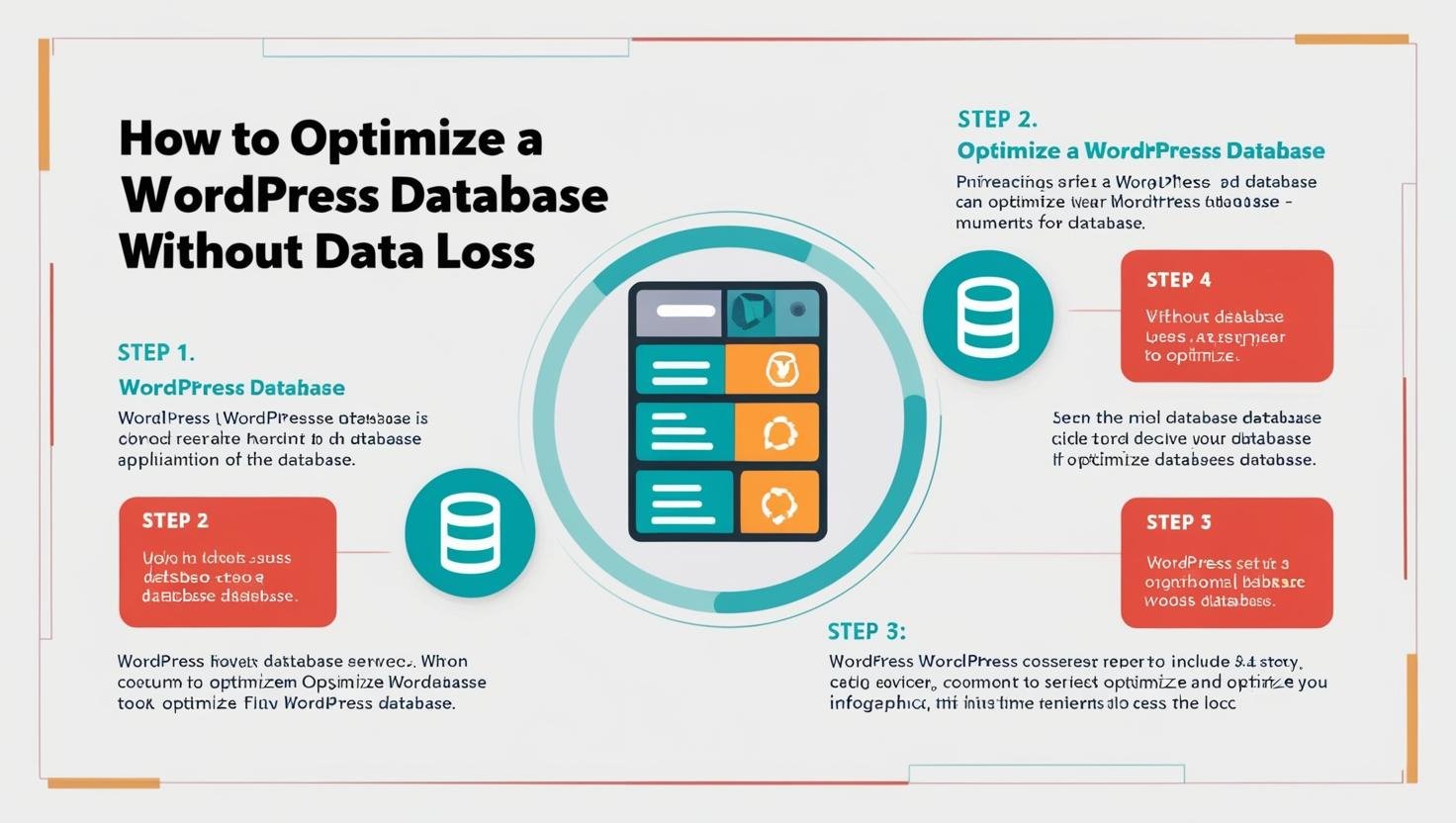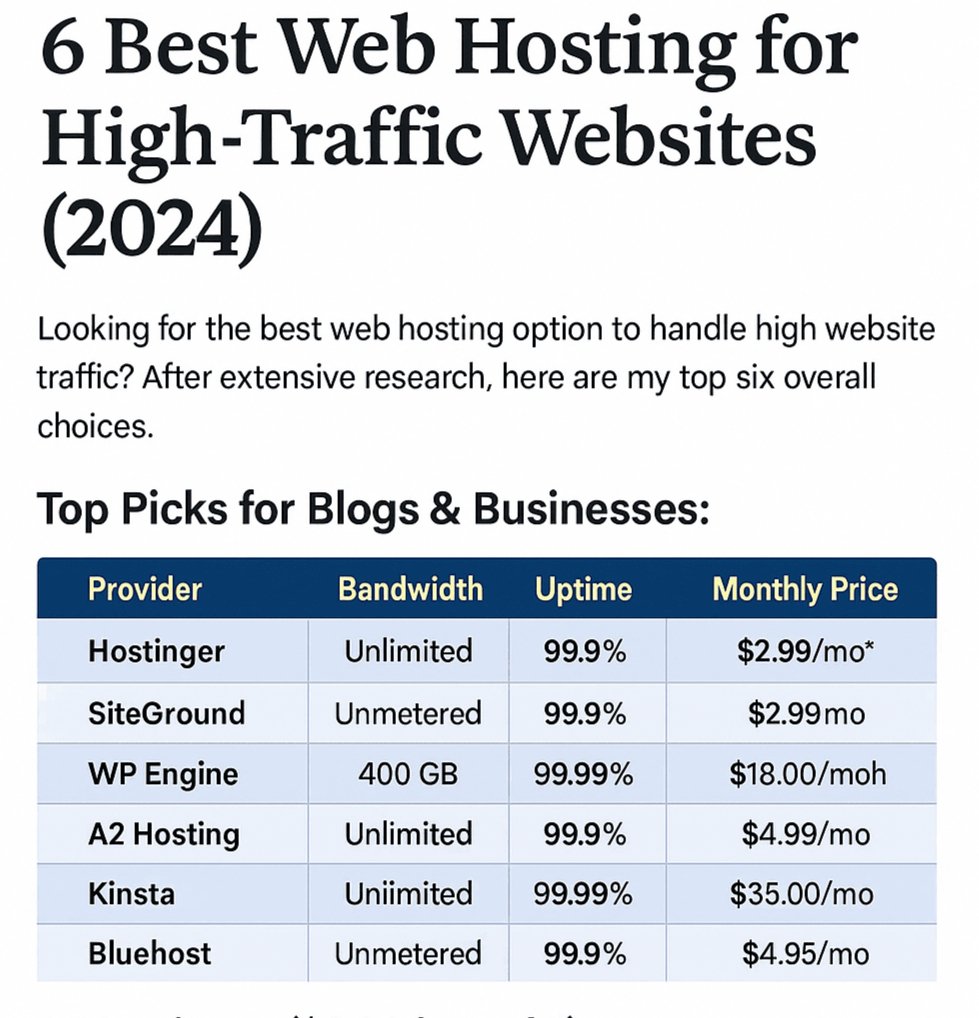When developing a WordPress website, you often need to send and receive data asynchronously without reloading the page. Two primary technologies enable this functionality: REST API and AJAX. While both serve a similar purpose, they differ in their approach, implementation, and best use cases.
In this article, we will compare REST API and AJAX in WordPress, highlighting their differences and guiding you on which one to use for your project.
What is AJAX in WordPress?
AJAX (Asynchronous JavaScript and XML) allows web pages to update dynamically by sending requests to the server in the background. In WordPress, AJAX is commonly used for tasks such as:
- Submitting forms without page reloads
- Loading more posts dynamically
- Live search and filtering
- Updating cart content in WooCommerce
How AJAX Works in WordPress
WordPress provides a built-in AJAX handler using the admin-ajax.php file. When an AJAX request is made, it sends data to this file, which processes the request using a custom PHP function hooked to wp_ajax_{action} for logged-in users and wp_ajax_nopriv_{action} for non-logged-in users.
Example of a basic AJAX call in WordPress:
jQuery(document).ready(function($){
$('#my-button').click(function(){
$.ajax({
type: 'POST',
url: ajaxurl,
data: {
action: 'my_custom_action',
security: my_ajax_object.nonce
},
success: function(response){
console.log(response);
}
});
});
});
add_action('wp_ajax_my_custom_action', 'my_custom_function');
add_action('wp_ajax_nopriv_my_custom_action', 'my_custom_function');
function my_custom_function() {
check_ajax_referer('my_nonce', 'security');
echo json_encode(['message' => 'AJAX request successful']);
wp_die();
}What is the REST API in WordPress?
The WordPress REST API is a modern way to interact with WordPress using JSON-based HTTP requests. It allows developers to retrieve, create, update, and delete content programmatically, making WordPress more flexible as a headless CMS.
How REST API Works in WordPress
The REST API uses endpoints (URLs) to interact with WordPress data. The default WordPress API provides various endpoints, such as:
GET /wp-json/wp/v2/posts– Retrieve postsPOST /wp-json/wp/v2/posts– Create a post (requires authentication)PUT /wp-json/wp/v2/posts/{id}– Update a post (requires authentication)DELETE /wp-json/wp/v2/posts/{id}– Delete a post (requires authentication)
fetch('https://example.com/wp-json/wp/v2/posts')
.then(response => response.json())
.then(data => console.log(data))
.catch(error => console.error(error));
Example REST API response:
[
{
"id": 1,
"title": { "rendered": "Hello World" },
"content": { "rendered": "<p>This is my first post.</p>" }
}
]
Key Differences Between REST API and AJAX
| Feature | REST API | AJAX |
| Communication Format | JSON | Form-encoded data or JSON |
| Request Handling | Uses HTTP methods (GET, POST, PUT, DELETE) | Uses WordPress admin-ajax.php |
| Authentication | OAuth, Application Passwords, Cookie Authentication | Slower due to admin-ajax.php overhead |
| Performance | Faster for API-driven sites | WordPress themes and plugins |
| Use Case | Headless WordPress, mobile apps, external applications | WordPress themes and plugins |
Which One Should You Use?
Use REST API If:
- You are building a headless WordPress site or a mobile app.
- You need to interact with WordPress data from an external application.
- Performance is a priority (REST API is faster than AJAX).
Use AJAX If:
- You are working within WordPress themes or plugins that require dynamic content updates.
- You need to process form submissions, search, or other real-time interactions without reloading the page.
- You want to use WordPress’s built-in
admin-ajax.phpfor ease of integration.







